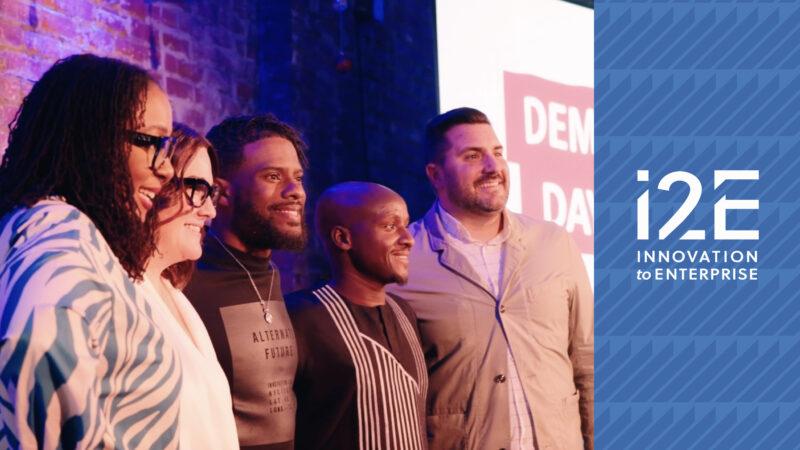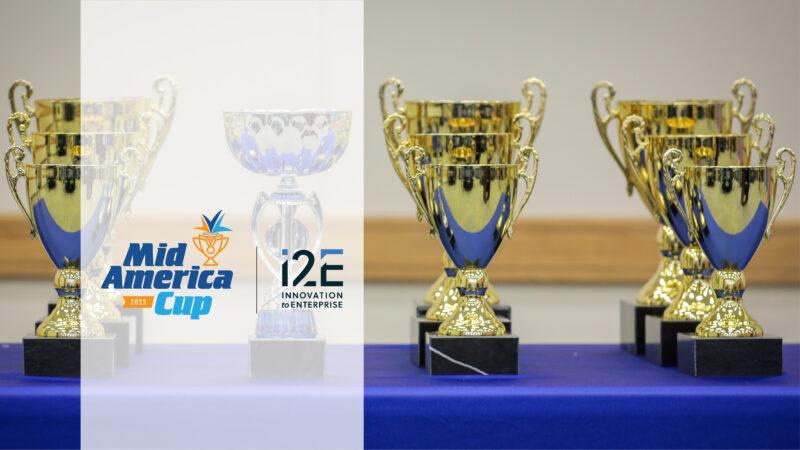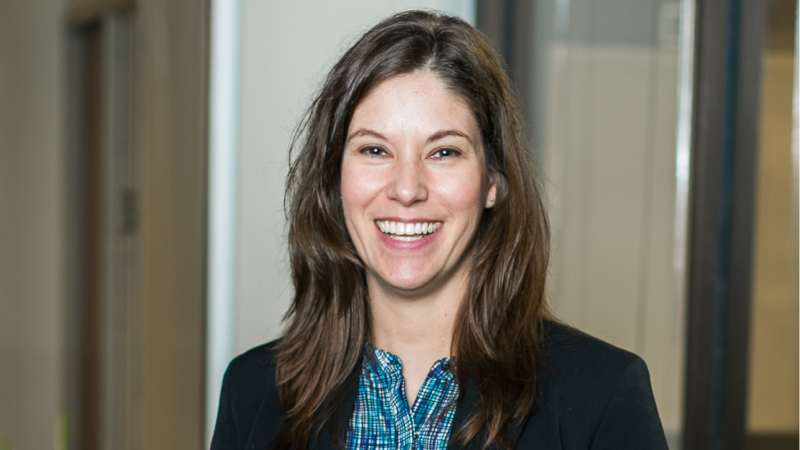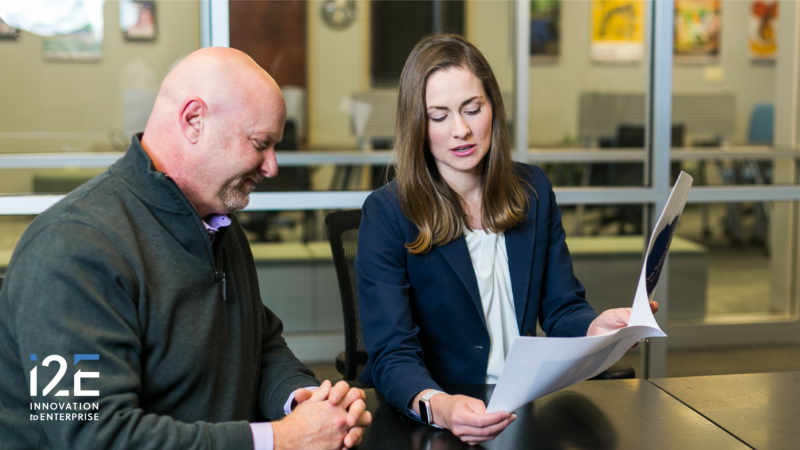By Jim Stafford
Copyright © 2014, The Oklahoma Publishing Company
In a soft Southern drawl, Paul Kincade explains the scientific method of discovery to a visitor to his office at the Oklahoma Medical Research Foundation. Science is like a foreign language to his guest, so Kincade tries a different approach.
Jigsaw puzzles.
“One of our administrators around here explained science better than I’ve ever heard it,” Kincade told me as I sat across from him struggling to grasp the concept. “He said, ‘isn’t it just like putting together a jigsaw puzzle? You can see a little piece goes here and a little piece goes there and all of a sudden you can see something. Oh, that’s a boat or oh, that’s a barn.’”
Science suddenly seemed a lot more understandable.
It’s like a giant puzzle that is put together not by one scientist working alone, but by hundreds or thousands of scientific researchers worldwide.
“Different people are putting pieces into that puzzle,” said Kincade, a native of Moorhead, Miss., and an OMRF scientist for 31 years. “That’s the way discovery works.
“Most of the time you are kind of excited when you reveal a little part of the big picture. Something comes into focus and you see something. But it just leads you to the next thing and the next thing.”
Adult stem cell research
So, from where will the next big thing in science emerge? Look no further than adult stem cell research, Kincade said. It’s a fast-moving area of scientific discovery, and one to which billions of research dollars worldwide are being dedicated.
Scientists are learning to take cells from almost any part of the human body — skin cells, for instance — apply genetic engineering and cause them to grow into something else.
“Just think about that for a second,” Kincade said.
“Imagine if you could replace damaged heart tissue; imagine if you had a traumatic spinal injury, imagine being able to fix that — to remake some new neurons and put them in there. It sounds like honest-to-goodness science fiction, but parts of it are already happening.”
In addition to his role as a vice president for research at OMRF, Kincade is also the founding scientific director for the Oklahoma Center for Adult Stem Cell Research, a consortium that involves scientists from OMRF, the University of Oklahoma Health Sciences Center, Oklahoma State University and OU-Norman.
The state’s Tobacco Settlement Endowment Trust made a strategic investment by putting $5.5 million into stem cell research to help Oklahoma scientists compete with well-funded researchers from other states, he said. Kincade’s personal research is focused on use of blood stem cells.
Treatments save many lives
Already, doctors have successfully treated hundreds of Oklahomans with blood stem cells. These treatments have saved the lives of patients suffering from blood diseases and those recovering from cancer treatments.
The team of researchers associated with the Oklahoma stem cell center is tackling issues as diverse as macular degeneration, osteoporosis and autoimmune diseases.
“We have investigators who are taking stem cells from autoimmune patients and are going to make stem cell lines from them and then study them genetically,” Kincade said. “Autoimmune disease is so complicated and involves a lot of different genes and a lot of environmental things.”
But they don’t work in a vacuum. Oklahoma researchers and their support teams are working with scientists worldwide to put together a giant jigsaw puzzle one piece at a time.
“That’s how science works,” Kincade said.
Jim Stafford is a communications specialist with i2E Inc. in Oklahoma City.








